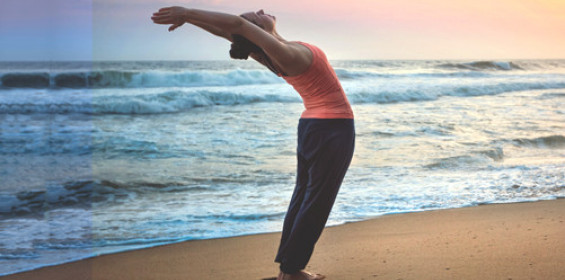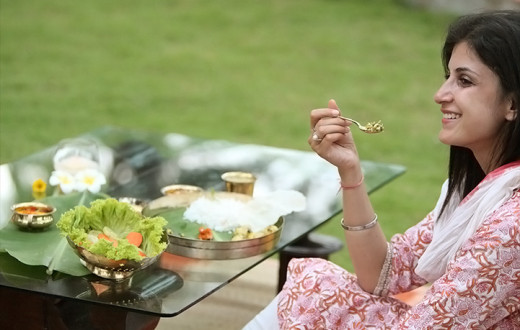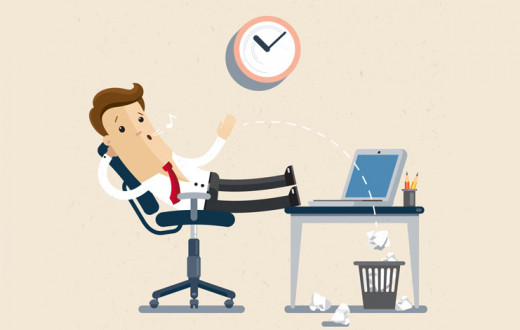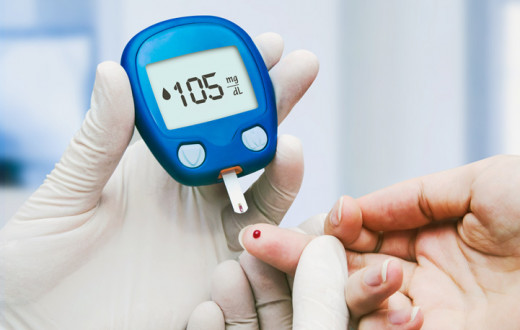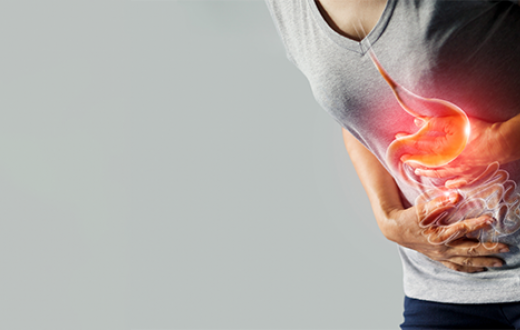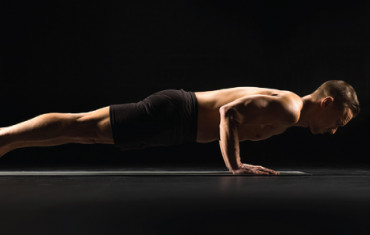I have friends from various professional backgrounds like teachers, doctors, engineers, accountants, architects, fashion designers and theatre artists. They complain of similar concerns like diminishing physical activity, mental health, stress levels, obesity and spine health.

Dr. Vimal Patel who served as Head of the Department in Civil Hospital, Palanpur and is a Faculty of the Spine Care Yoga and Posture Program, shares, “Spine-health refers to the spinal cord from the skull crossing the neck and back and having its end in the pelvis. A healthy spine incorporates strong vertebrae, supportive back muscles, nerves ending from the spine to the peripheral body parts, cushiony discs, spinal ligaments and moveable joints.”
How to take care of the spine?

Professionals who are confined to their chairs most time of their day can benefit from Chair yoga poses. You can visit the blog and video for a practice session.
Dr. Vimal suggests these ways to help professionals take care of their spine.
Exercise 1 for neck
Sit straight
Lift your head up and let its weight go on the back. Keep breathing in and out at this position for sometime
Relax while breathing in
Bring your chin to the chest. Feel the stretch on your upper back
Keep breathing in and out at this position
Relax while breathing in
Repeat this set 3 times
Exercise 2 for upper back
Sit straight
Turn your head to the right
Push your right shoulder to the front and take your head backward from the side
Keep breathing in and out at this position
Bring your head to the center while breathing in and relax
Repeat this exercise on the left side
Repeat this set 3 times
Exercise 3 for neck and upper back
Sit straight
Take your right ear toward your right shoulder
Do as much as you feel comfortable
Breathe in and out at this position
Keep your left shoulder relaxed. Feel the stretch on the left side of the neck
Come to the center while breathing in
Take your left ear toward your left shoulder
Repeat the other steps
Repeat this set 3 times
Exercise 4 for upper back
Lift both shoulders together near the ears
Breathe in and out in the same position
Hands are relaxed
Ensure your head is straight and not tilted
Press your shoulders behind while lifting
Breathe out and relax your shoulders
Repeat this exercise 3 times
Shake your hands to loosen up
Exercise 5 for upper back and shoulder blades
Sit or stand straight
Bend your elbows and place your palms on the shoulders
Lift elbows in front of your chest to touch each other
Now rotate your elbows to make a big circle with it such that the elbow points upward
Squeeze your shoulder blades while you circle your elbows backward
Press your chest while you rotate your elbows in the front
Now repeat it in the opposite direction
Make slow movements for more benefits
Shake your hands to loosen up
Exercise 6 for upper back and shoulder blades
Sit or stand straight
Continuously shrug or lift your shoulders up and down at a good pace
Bring your shoulders close to your ears as much as possible
Shake your hands to loosen up
Exercise 7 for upper back and shoulder blades
Sit or stand straight
Wide open your fingers and extend your hands to the side
Stretch your palm at a right angle to the wrist
Continue pushing with your palms toward the sides till you feel the stretch in your shoulders
Repeat the same in front of you
Remember to keep your fingers wide open during the exercise
Exercise 8 For neck and shoulder blades
Sit or stand straight. Keep your posture straight throughout the exercise
Interlock fingers to place it behind your head
Push your elbows behind
The numbness in hands is normal during this exercise
After each exercise, close your eyes to feel the tingling sensations due to the movements.
Asanas for middle and lower back
Professionals can benefit from the practice of one set of these asanas.
Marjariasana (Cat Stretch Posture)
Ardha Chakrasana (Standing Backward Bend Pose)
Craniosacral Therapy (CST) takes care of the spine
CST is a profound, non-invasive, healing process that works through gentle touch to release stress, disturbance, injury and deep-seated trauma.
CST is a holistic technique that works through the various levels in the body. It impacts the musculoskeletal, nervous, cardio-vascular, circulatory and immune systems. It triggers the body’s self-healing mechanisms to relieve diseases, symptoms and root causes.
It benefits the entire range of problems, from minor aches and pains to severe chronic conditions.
Osteopathy works great on the spine

Osteopathy is a holistic manual treatment that can complement treatment procedures to fasten recovery from joint, muscular, organ, spinal and neural problems.
Nutshell
Professionals can choose their set of asanas and exercises and alter them daily depending on their time availability to benefit their complete spine.
Testimonial
Balaji, a Computer professional shares, “On the first day of the Spine Care and Posture program, I realized that minor corrections can make a big impact on restoring my spine health.”
Some key points of the Spine Care and Posture program -
Power walk
Yogasanas & Pranayamas
Exercises for the neck and back
Correct walking patterns
Posture Correction
Acupressure
Powerful Meditations
Find the complete solution and prevention of back and neck pain
Unveil the magic & strength of a Healthy Spine
Sign up for a free Spine Care Session!
Written by: Pratibha Sharma
We’d love to hear from you!
Please write to us @artofliving about what you feel could be the ways for professionals to take care of their spine.
Related link
Why your stomach and joints will thank you for good spine health
Backbend to strengthen your spine
FAQs on the healthy spine for professionals
As the spine muscles are not toned, they feel fatigued. Regular practice of exercises or asanas can tone the spine muscles.
While sleeping, use a mattress that is not very soft or hard. Sleep straight at night, preferably to help the lower back muscles. Place a pillow or cushion beneath your knees that aids in touching your lower back to the mattress filling up the gaps.
Vitamin D and B12
Calcium and Magnesium
The spine includes bones, nerves and muscles. Dairy products for calcium and vitamin B12, like cheese, milk and yoghurt, plant-based proteins from chia seeds, lentils, green leafy vegetables, beans, seeds, nuts, avocados and bananas, and herbs are anti-inflammatory such as cinnamon, basil, and ginger.


